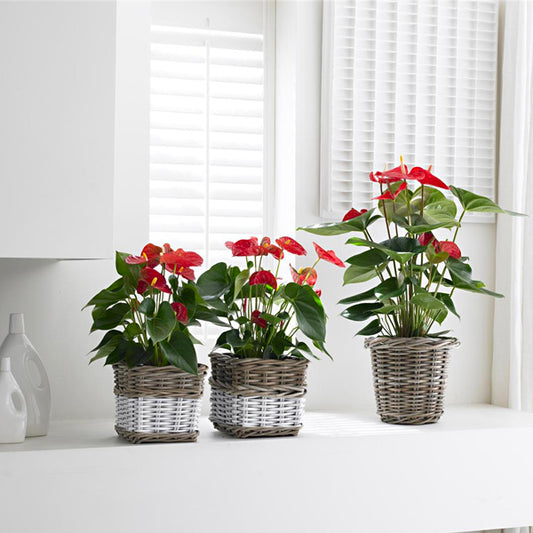If you want to makeover your house or outdoor garden this year, think about buying some cattleya orchids. These tropical flowers are both popular and beautiful to look at. The famous orchid genus Cattleya is known for its colourful and fragrant blossoms. Cattleya orchids need specific conditions to grow properly, such as direct sunlight, high humidity, and a well-draining potting mix. Healthy growth and lovely flowers can be assured with the right maintenance and care.
Tips for Having a Healthier Relationship with Cattleya Orchids
Some tips are as follows:
- Provide bright indirect light, changing the brightness to the surrounding environment. Stay out of the direct sun as it might burn the leaves.
- Only add water once the majority of the medium has dried.
- During the flowering season, feed twice weekly with a gentle, balanced fertilizer.
- Frequently check the plant for insects like mealybugs and spider mites. Use a horticultural oil or insecticidal soap to treat any pests right away. To avoid illnesses like root rot and bacterial or fungal infections, keep the plant healthy.
- Cattleya orchids require potting soil that drains properly. Use a mix of perlite, sphagnum moss, and bark. Every two to three years, or when the potting soil starts to degrade, repot the plant.
Maintaining and Pruning Cattleya orchids
Repotting is a necessary part of regular maintenance for Cattleya orchids. A sign that an orchid needs to be repotted is when its roots begin to grow out of the drainage holes in the pot. Cattleya orchids need particular growth conditions to do well. Healthy growth and lovely flowers may be ensured with the right maintenance and care.
Conclusion
To maintain healthy relationships with Cattleya orchids, the necessary growth conditions, good care, and regular maintenance must be provided. Cattleya orchid care and cutting may encourage strong growth and lovely flowers. After flowering, cutting down the stem and deadheading wasted blooms can encourage fresh growth and bloom.


